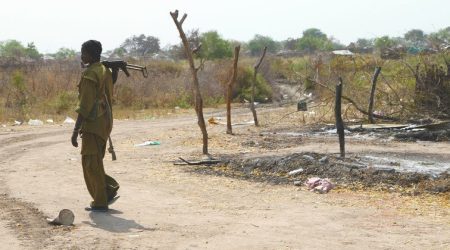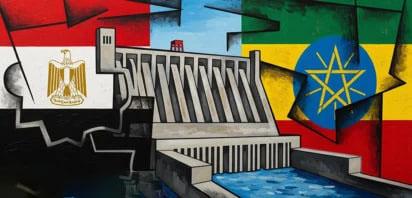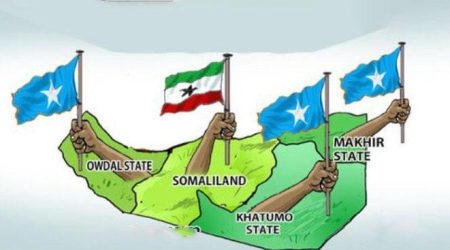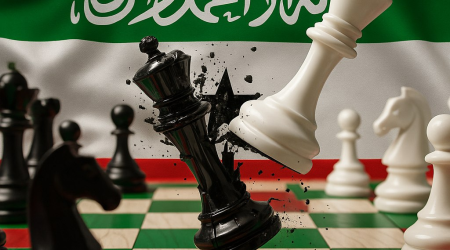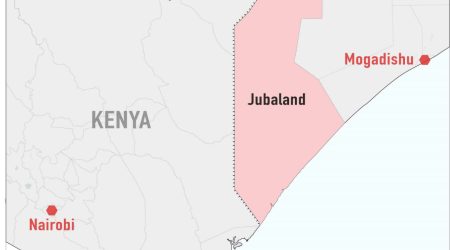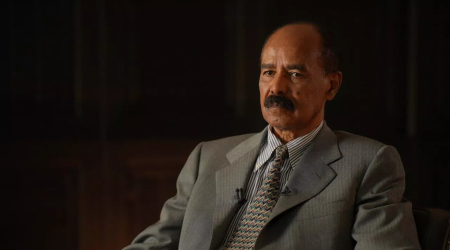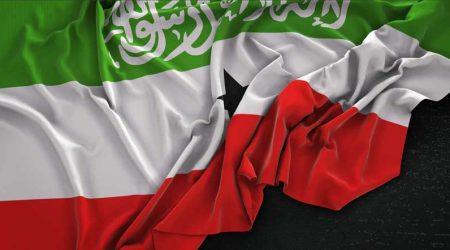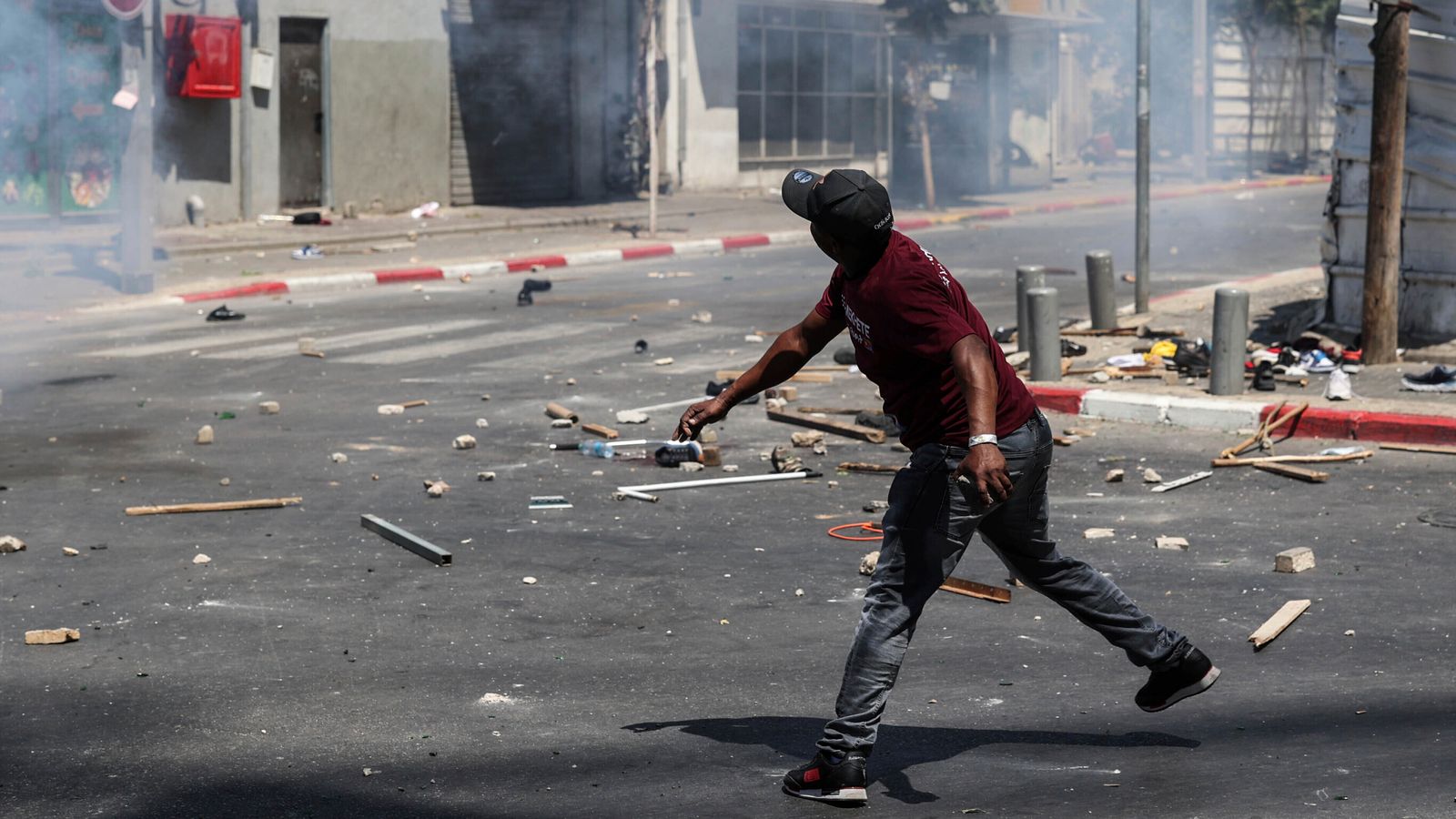
4
Jul
Between Sanctuary and Surveillance: Ethiopia’s Security Dilemma Amid the Strategic Influx of Eritrean Asylum Seekers
Balancing Refugee Protection with the Risks of State-Sponsored Infiltration and Espionage
The Eritrean refugees who fled forced conscription and political repression now find themselves navigating not only the trauma of displacement but also suspicion from both state and non-state actors in Ethiopia. Their position reflects a complex duality: individuals fleeing repression while simultaneously being viewed as potential instruments of influence or disruption by the very regime they escaped.
Eritrea’s government, widely characterized as authoritarian, drives a steady flow of citizens into exile. Mandatory national service—often indefinite—alongside political restrictions and absence of legal recourse, compels many to flee. Ethiopia, particularly its northern regions, has historically served as a primary destination for those escaping Eritrea. However, the dynamics shifted drastically during the Tigray conflict.
The war exposed refugees to layered forms of violence and suspicion. Eritrean forces, aligned with Ethiopia’s federal government during the conflict, targeted Eritrean refugees they deemed disloyal, dismantling camps like Hitsats and Shimelba, and forcibly returning some individuals to Eritrea. Meanwhile, elements within Tigrayan militias, angered by the involvement of Eritrean troops in their territory, also directed violence at Eritrean refugees, assuming possible collaboration. The result: refugee camps became zones of both physical danger and eroded trust.
This history now feeds into a broader and more complex security dilemma for Ethiopia. More than 20,000 Eritreans have crossed into Ethiopia this year alone. While many are genuine asylum seekers escaping repressive conditions, the Ethiopian state remains wary—not without reason. The Eritrean government has a documented record of maintaining a vast transnational intelligence apparatus. It enforces loyalty within its diaspora through mechanisms such as the 2% “diaspora tax,” surveillance, and threats against family members back home. This infrastructure offers a channel through which agents may be inserted into refugee populations to collect intelligence or foster unrest.
For Ethiopia, the challenge lies in separating legitimate humanitarian needs from genuine national security risks. Camps like Alemwach remain under-resourced and insecure, with armed groups targeting residents for robbery, kidnapping, or worse. At the same time, there is concern within Ethiopia’s security community about the potential presence of operatives embedded among refugee arrivals, particularly given Eritrea’s historic use of covert operations.
The response required is neither denial nor blanket suspicion. Ethiopia must develop a security framework that is both effective and rights-respecting. This involves strengthening human intelligence within refugee-hosting areas, building trust-based relationships with communities, and employing biometric registration systems and thorough screening mechanisms. Personnel assigned to such tasks must be trained in both trauma-informed care and intelligence assessment. Regional cooperation with Sudan and Kenya is essential for tracking cross-border movement and identifying coordinated patterns that may signal covert activity.
In parallel, Ethiopia must engage international actors like the UNHCR not only for humanitarian support but also to co-develop screening and monitoring systems that enhance security while preserving the dignity of asylum seekers. This is not about securitizing refuge, but about ensuring it is not misused in ways that jeopardize national stability.
Ultimately, the presence of Eritrean refugees in Ethiopia encapsulates a broader strategic tension. They represent both a population in need and a potential vector for foreign influence. Ethiopia’s task is to uphold its humanitarian commitments without compromising its national interests—a balance that requires vigilance, nuance, and principled statecraft.
By Samiya Mohammed and Rebecca Mulugeta,Researchers,Horn Review

